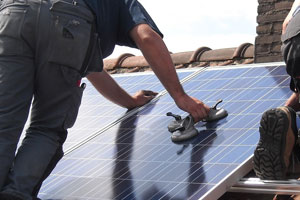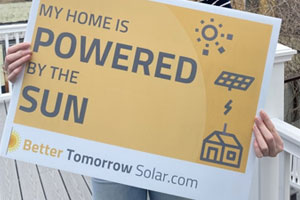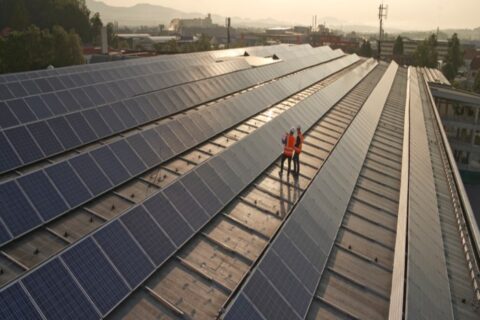What Converts Solar Energy Directly into Electrical Energy?
The prospect of harnessing the sun’s energy to power our homes and businesses is an incredibly appealing idea, and as technology has advanced, this dream has become a reality. If you’ve ever seen large panels on rooftops or sprawling solar farms and wondered how they’re able to take sunlight and transform it into usable electricity, you’ve come to the right place. In this blog post, we will delve into the process of converting solar energy directly into electrical energy and explore the advantages of this clean and abundant power source. Join us on this illuminating journey and rediscover the power of the sun.
Solar Cells
The technology at the heart of converting sunlight directly into electricity is called photovoltaic cells or solar cells. Solar cells are made of semiconductor materials, commonly silicon, which have unique properties that allow them to generate an electrical current when exposed to sunlight. The photovoltaic effect, first observed in 1839 by French physicist Edmond Becquerel, describes this phenomenon, and since then, scientists and engineers have worked tirelessly to improve the efficiency and cost-effectiveness of solar cells.
Solar Cells and Electricity Generation
The way solar cells generate electricity begins with the absorption of sunlight by the semiconductor material. When photons from the sun’s light interact with the atoms in the silicon, they transfer their energy, knocking loose electrons from their atomic orbit. These electrons are then captured by the cell and channeled into an organized flow, creating direct current (DC) electricity. This direct current is then converted into alternating current (AC) electricity with an inverter. Once converted, the electricity is ready to be distributed through the grid or used directly by homes and businesses.
The Advantages of Solar Energy
Accessibility
One of the advantages of solar energy is its abundance and accessibility. The sun provides an estimated 173,000 terawatts of energy to the Earth’s surface every second, which is more than 10,000 times the world’s total energy needs. By harnessing even a tiny fraction of this energy, we could power our entire planet with clean, renewable electricity. Furthermore, solar energy is available everywhere – even areas with limited access to other resources or infrastructure can benefit from solar installations, making it a truly universal option for clean power generation.
Low-Environmental Impact
Another advantage of solar energy is its environmental friendliness. Unlike conventional fossil fuel-based energy sources, solar power generates no harmful emissions or pollutants. This has a significant positive impact on our environment, as it reduces air and water pollution, combats climate change by reducing greenhouse gas emissions, and lowers our reliance on dwindling, non-renewable resources. As the global community continues to search for sustainable energy solutions, solar power stands out as a clear frontrunner.
Affordability
The cost of solar energy has also decreased dramatically over the past few decades, making it a more feasible option for average consumers and businesses. According to the Solar Energy Industries Association, the cost of installing solar panels has dropped by more than 70% since 2010, making it increasingly competitive with traditional energy sources. Additional incentives, like tax credits and net metering policies, have also helped make solar energy more accessible to residential and commercial customers, further encouraging the adoption of this renewable energy source.
Get Started with Solar Today in GA, SC, and NC with Better Tomorrow Solar
Converting solar energy directly into electrical energy is a remarkable process that allows us to harness the seemingly endless power of the sun for our everyday needs. Solar energy is poised to shape the future of power generation and contribute to a more sustainable world. By understanding how solar energy becomes electrical energy, we can better appreciate the incredible potential that lies within this renewable resource, bringing us one step closer to a better tomorrow. Are you ready to switch to solar and lower your energy bills? Contact Better Tomorrow Solar today for a free consultation and learn how getting started with solar is easier than ever.









